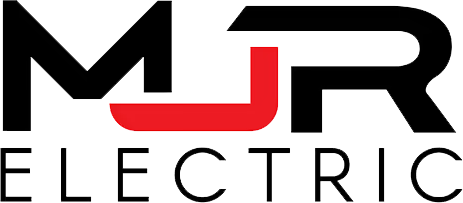We are continuing or education on how you’re going to provide a level 2 charging station for your new or prospective vehicle. Last article we covered one of our most frequent problems, panel overloading, and solutions to allow for an EV charging station to be installed to code. There are many other potential roadblocks that make an installation while not necessarily impossible, a little more costly.
Today we discuss the some other obstacles that you may face with when implementing a EV charging solution.
#1 Panel is not located in the garage

Having your panel inside the garage often makes for a fairly straightforward installation of an EV charging station, and is usually the cheapest for a homeowner, since the small cable length reduces cost of materials for an electrician. However, not all panels are created equal, nor in the same location, and you may be in a situation where your panel may be over 80’ away from your preferred charging station! In situations like these, communication has to be paramount between contractor and client.
The contractor and client both have to have a good understanding on where and how the run of cable is going to go, what its going to look like, and what drywall repairs / paint touch ups will be necessary after the installation is complete. Different kinds of cable can be run exterior to walls, as can conduit. Loomex can be run interior to walls through the studs, but drywall usually has to be cut open to an electrician can have access.
Sometimes there can be obstacles that make an alternative route necessary, or the only route available is a difficult and time consuming one. Sometimes it can take a good chunk of the day just getting the cable to the spots, and more difficult runs tend to cost more. Never impossible though.
#2 Panel is in the house
(preferred charging location is across the yard in a detached garage)
While this one’s not impossible either, it’s a much bigger job than most homeowners realize. While running weatherproof cable along the exterior or your house is okay (with straps and fasteners of course), running the same cable along a fence is not okay since it’s not considered a permanent structure. Running cable along a garage’s exterior is okay too, but we’ve got to tackle how we’re going to get it across the lawn.
Code requires that any electrical cable be buried 24” under grade to the top of the cable. Being that some cables are large, a 26” deep trench from the house to the garage is required for correct installation of the EV circuit. Make sure that you are clear with the prospective path. If there’s a tree or multiple trees where the roots may interfere with the cable trench, expect a significantly higher quote, or potentially hire a landscaper if you can find cheap labour. Homeowners looking to save can take on the task themselves too… Just remember 26” DEEP!
#3 Demand calculation & Panel Breaker
Demand calculation might be okay for electrical space, but the panel is already full of breakers.
There are a few different options for this problem; determining a solution is a case by case basis, but I’ll go over a few frequent options. device count on specific circuits can determine if a few breakers can be combined to free up some space. You can have up to 12 on one circuit. Decommissioning a receptacle or two (plug outlet) can also free up space to combine some of your 15A circuits.

Decommission a circuit that is not in use. Don’t use that sauna breaker? Hot tub got removed a few years ago? If you’re not using the circuit, removing the wires first from the breaker, and then from the panel frees up a 2pole breaker which is what an EV circuit physically requires. If the breaker size is big enough, we may even be able to re-use it for your new EV circuit.
Overcoming EV Charger Obstacles?
Hope that gives you an idea of some of the challenging obstacles that we often come across as EV charger installers, and gives you some ideas on some potential solutions if you find yourself in one of these situations. Keep a high priority on communication during the preparation of the installation, and you’ll likely be satisfied with the completed job at the end.
To learn more about the types of electric vehicle charging solutions we provide, head over to our EV Charging page. If you have any immediate questions, or want to talk through a new project, please reach out to us on 778-776-4781, or submit your query via web form.
And if you want to explore the different types of EV Charging products available to you, visit our shop page.
